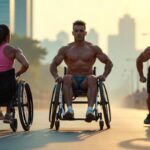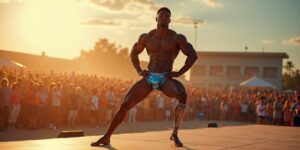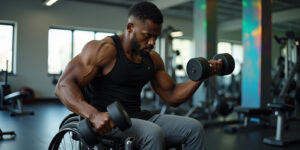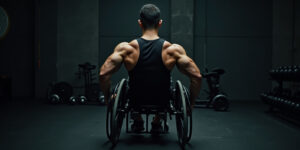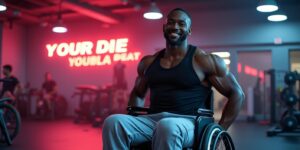Explore disabled fitness equipment crafted for accessibility and independence. Achieve your fitness goals with adaptive solutions for all abilities.
Fitness is a universal language—it knows no boundaries, no limits, and no barriers. Yet, for years, the fitness industry largely overlooked the needs of individuals with disabilities. Thankfully, times are changing. With the advent of specialized disabled fitness equipment, fitness has become more inclusive, empowering people of all abilities to achieve their health and wellness goals.
But what exactly is disabled fitness equipment, and why is it revolutionizing the industry? Let’s dive in and explore how these innovations are making fitness accessible to everyone.
What Is Disabled Fitness Equipment?
Disabled fitness equipment refers to specially designed machines and tools that cater to the needs of individuals with physical, sensory, or cognitive disabilities. These pieces of equipment aim to ensure that everyone, regardless of ability, can engage in physical activity safely and effectively. From adaptive rowing machines to wheelchair-accessible weight benches, this category of fitness tools is diverse and continually evolving.
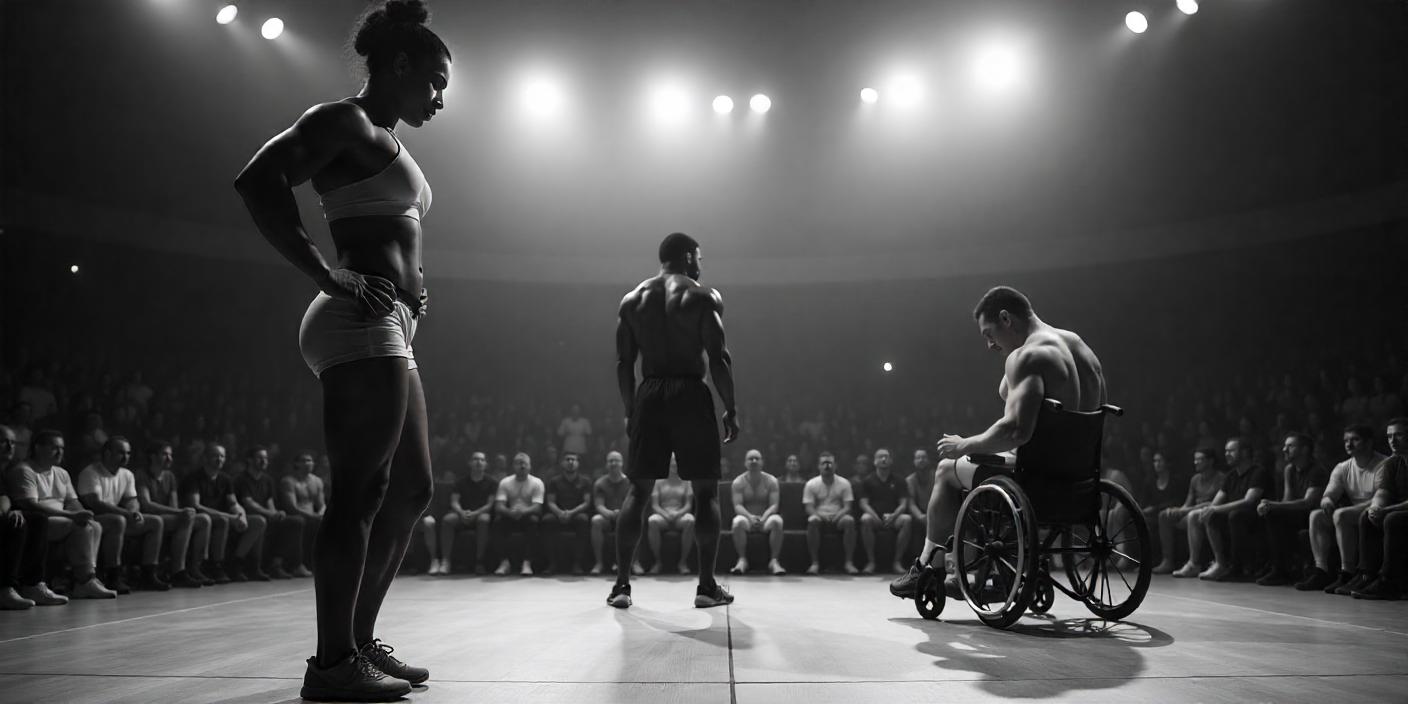
Why Disabled Fitness Equipment Matters?
Imagine wanting to stay fit but being unable to use traditional gym equipment because it wasn’t designed with you in mind. This has been the reality for millions of people with disabilities. Disabled fitness equipment bridges this gap, offering:
- Accessibility: Equipment that’s easy to use for individuals with varying levels of mobility.
- Inclusivity: A chance to exercise alongside peers in gyms or community centers.
- Health Benefits: Improved physical and mental well-being.
- Independence: Tools that allow users to work out without constant assistance.
Examples of Disabled Fitness Equipment
Let’s take a closer look at some examples of disabled fitness equipment that are transforming lives:
- Hand Cycles: Perfect for cardiovascular training, hand cycles allow individuals to pedal using their hands instead of their legs. This is especially beneficial for people with lower-body mobility challenges.
- Wheelchair-Accessible Weight Machines: These machines are designed so that wheelchair users can easily roll up and perform strength-training exercises.
- Seated Ellipticals: These offer a full-body workout while seated, making them ideal for individuals with balance or mobility issues.
- Balance Trainers: For those working on coordination and stability, balance trainers provide a safe way to improve these skills.
- Adaptive Resistance Bands: Featuring larger grips and adjustable lengths, these bands are easier to use for individuals with limited hand mobility.
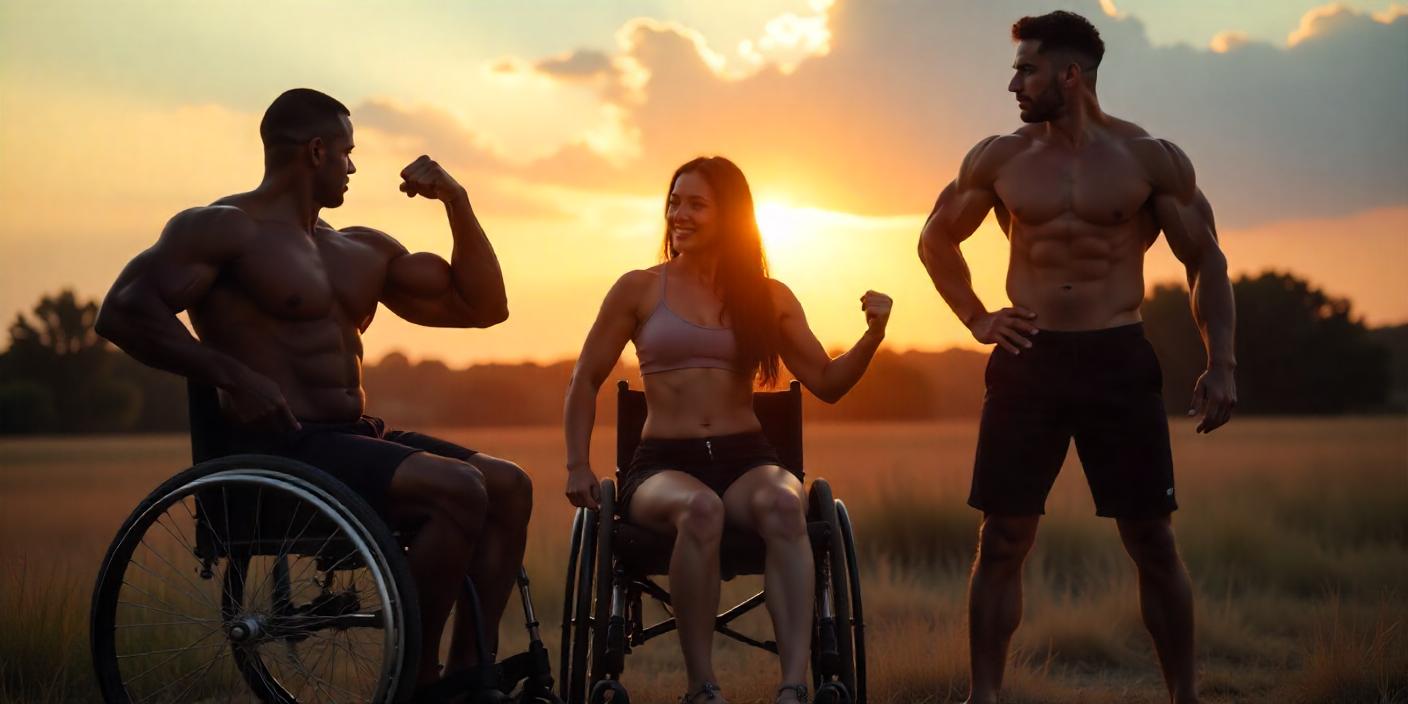
The Role of Technology in Disabled Fitness Equipment
Advances in technology have played a significant role in enhancing disabled fitness equipment. For example:
- Virtual Reality (VR): VR fitness programs can be tailored for people with disabilities, providing immersive workouts that are both fun and effective.
- IoT Integration: Smart fitness devices can track progress and adapt routines based on individual capabilities.
- Hydraulic Systems: Many machines now feature hydraulic resistance, allowing users to customize intensity levels effortlessly.
How Gyms Are Adopting Disabled Fitness Equipment?
Forward-thinking gyms are beginning to understand the importance of inclusivity. Many now offer specialized areas equipped with disabled fitness equipment. Some even provide personal trainers certified to work with individuals with disabilities. These changes not only make gyms more accessible but also foster a sense of community.
Tips for Getting Started with Disabled Fitness Equipment
- Consult a Professional: Before starting any fitness regimen, consult with a doctor or physical therapist.
- Start Slow: Begin with low-intensity exercises and gradually increase as you build strength and confidence.
- Ask for Guidance: Don’t hesitate to ask gym staff for help in using the equipment correctly.
- Set Realistic Goals: Celebrate small victories to stay motivated.
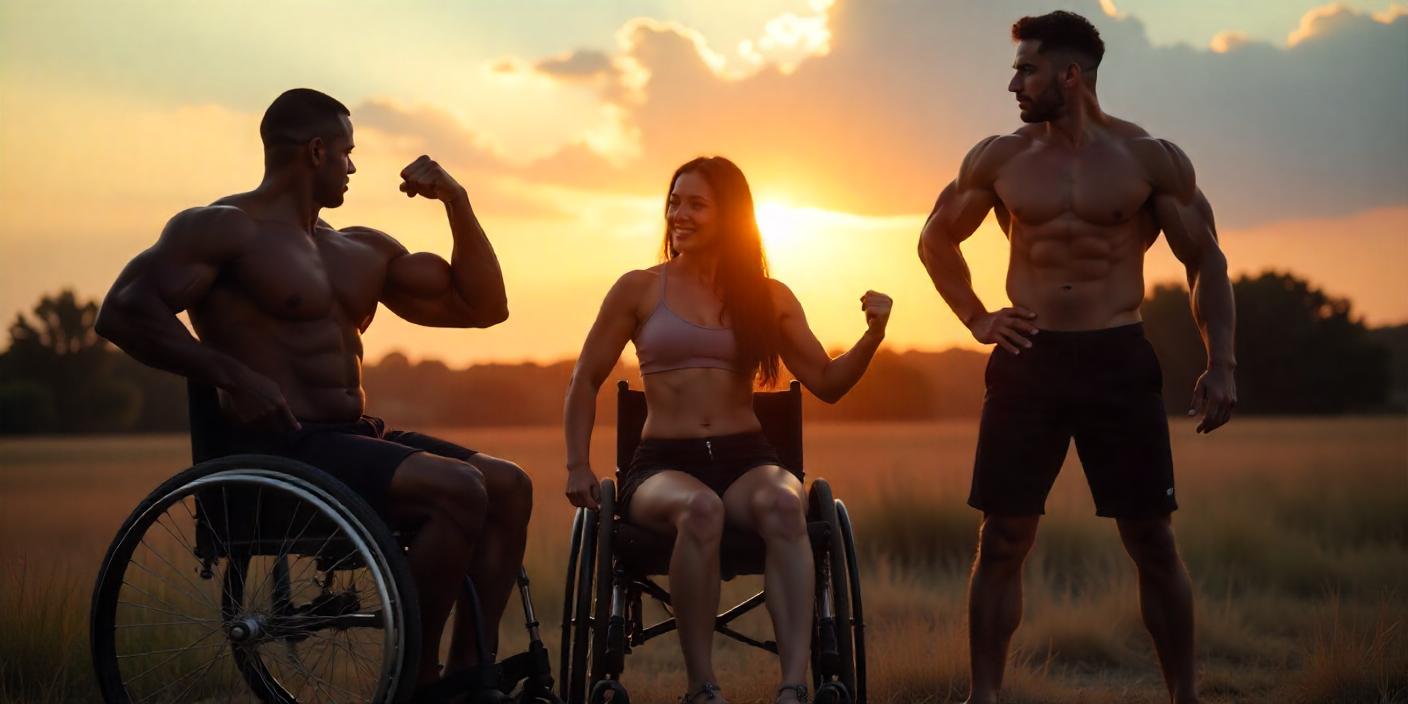
The Future of Disabled Fitness Equipment
The future looks bright. Companies are investing more resources into research and development, ensuring that disabled fitness equipment continues to evolve. From AI-driven customization to more aesthetically pleasing designs, the possibilities are endless.
Disabled fitness equipment is more than just a tool; it’s a symbol of empowerment and inclusion. By breaking down barriers, this equipment is helping individuals with disabilities lead healthier, more active lives. Whether you’re someone with a disability looking to start your fitness journey or an ally advocating for inclusivity, it’s clear: the fitness world is better when everyone is included.
So, next time you step into a gym, take a moment to appreciate the strides being made in disabled fitness equipment. Better yet, spread the word and encourage more facilities to adopt these life-changing tools. Together, we can ensure that fitness truly is for everyone.

